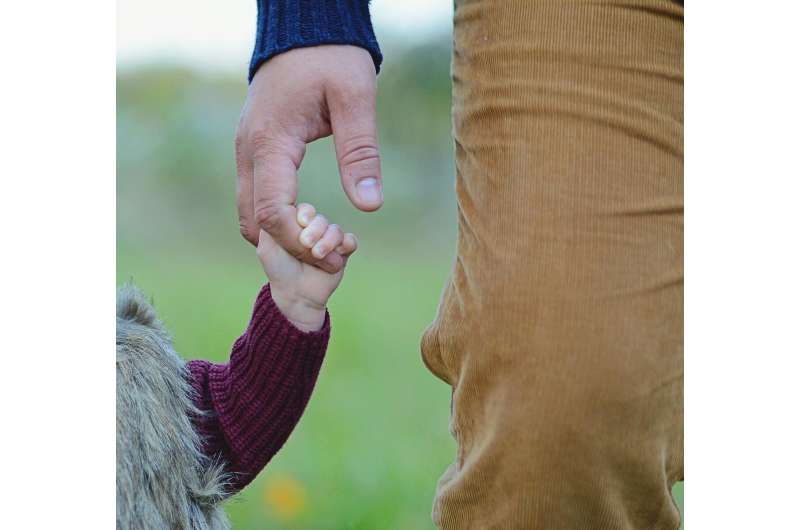Self-harm in Adolescence: Young People Share Strategies to Relieve Mental Distress in New Booklet

A new booklet developed from adolescent perspectives offers creative coping strategies to alleviate emotional pain and reduce self-harm behaviors among youth, promoting mental well-being through accessible, artistic approaches.
Adolescence is a critical developmental phase marked by intense emotional and social changes, often accompanied by psychological challenges such as social withdrawal and self-injury. Research indicates that approximately one in seven adolescents experiences a mental health disorder, with many cases starting before age 14. Notably, about 14% of young people have engaged in self-harm at least once as a way to cope with internal suffering like depression, anxiety, or traumatic experiences.
Self-injury in teenagers reflects profound emotional distress and can significantly impair their self-esteem, social interactions, and academic performance. Importantly, it also raises the risk of suicidal thoughts and behaviors. The concern over adolescent mental health has escalated globally, especially after the COVID-19 pandemic, which saw a 26% rise in depression symptoms and a 10% increase in anxiety among youth up to 19 years old. In Brazil, cases of self-harm among adolescents increased by 21% between 2011 and 2022.
To better understand this phenomenon, psychologist Luiza Cesar Riani Costa conducted a scientific project in 2018 at the Federal University of São Carlos, focusing on non-suicidal self-harm among young people. The study explored how adolescents interpret their self-injury and their motivations, revealing that many see self-harm as a way to temporarily alleviate emotional pain, emphasizing the importance of supportive environments.
Costa’s research gained attention as self-harm was gaining prominence in Brazil, partly fueled by social media challenges. Her subsequent master's research delved deeper into the meanings teenagers assign to self-harm. This work culminated in the creation of a digital booklet titled "What Relieves My Pain: Photos and Experiences of Adolescents," aimed at schools, health services, and professionals working with youths. The booklet was also presented at international conferences and published in academic journals.
The development of the booklet was based on qualitative research involving nine adolescent females aged 12 to 17, all experiencing psychological distress and a history of self-injury. The methodology, Photovoice, encouraged participants to capture images representing strategies that helped them cope with emotional pain without resorting to self-harm.
Participants had two weeks to photograph scenes symbolizing sources of comfort—such as nature, pets, physical activity, art, family, and spirituality. Despite the pandemic limiting face-to-face discussions, the images were analyzed individually using reflective questions, leading to rich personal insights.
The photographs revealed common themes like the importance of nature, emotional connections, artistic expression, and companionship, which could resonate with other teenagers facing similar struggles. The creators decided to compile these images and their meanings into a booklet to serve as a low-cost, accessible, therapeutic tool. This resource aims to foster alternative ways to alleviate emotional suffering among adolescents and promote mental well-being.
This initiative highlights the potential of creative, peer-led interventions to address complex mental health issues in youth, underscoring the crucial need for supportive environments and accessible tools to combat self-harm.
Stay Updated with Mia's Feed
Get the latest health & wellness insights delivered straight to your inbox.
Related Articles
Brain Structure and Genetic Risk Factors for Major Depression Identified in Large-Scale Study
A large-scale study reveals how genetic risk factors for major depression are linked to specific changes in brain structure, offering new pathways for early diagnosis and personalized treatment.
New Insights into Psychedelic Use and Trauma Recovery Among Nova Festival Survivors
A groundbreaking study reveals that survivors of the Nova Festival terrorist attack experienced lower anxiety and PTSD symptoms after using classic psychedelics. Explore the implications for trauma therapy.
The Critical Impact of Paternal Mental Health on Child Development
Emerging research underscores the significant impact of fathers' mental health on their children's social, emotional, and cognitive development, emphasizing the need for routine screening and support for new fathers.
Critical Shortage of Psychogeriatric Beds Endangering Patients and Healthcare Professionals
A critical shortage of psychogeriatric beds in New Zealand is placing vulnerable older adults with behavioral symptoms at risk. Experts call for increased dedicated facilities to improve safety and care quality.



